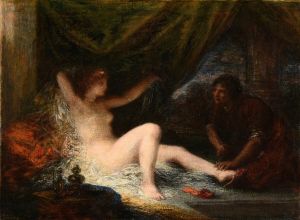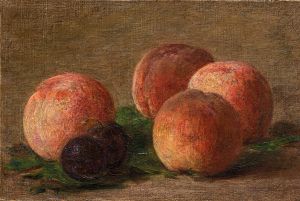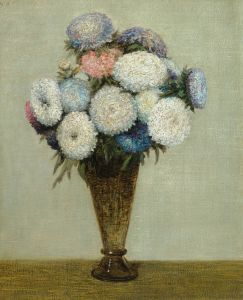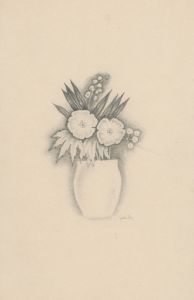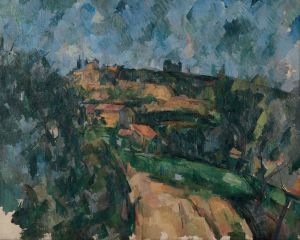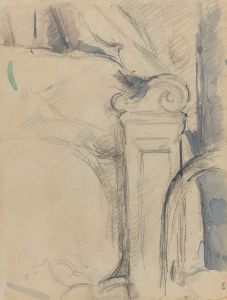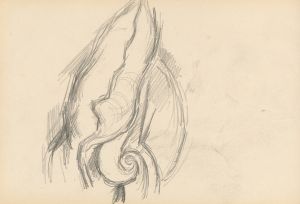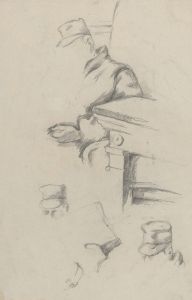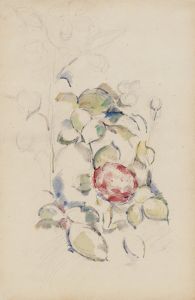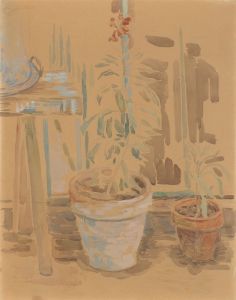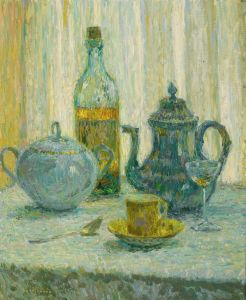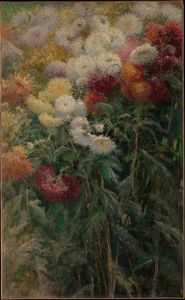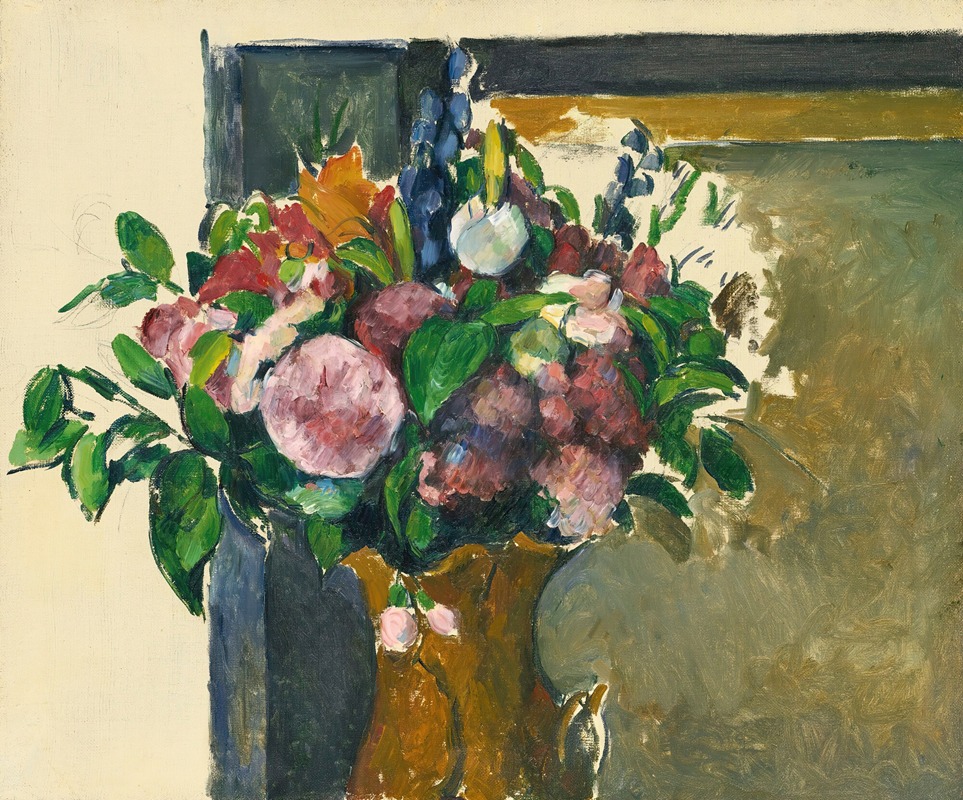
Fleurs Dans Un Vase Rouge
A hand-painted replica of Paul Cézanne’s masterpiece Fleurs Dans Un Vase Rouge, meticulously crafted by professional artists to capture the true essence of the original. Each piece is created with museum-quality canvas and rare mineral pigments, carefully painted by experienced artists with delicate brushstrokes and rich, layered colors to perfectly recreate the texture of the original artwork. Unlike machine-printed reproductions, this hand-painted version brings the painting to life, infused with the artist’s emotions and skill in every stroke. Whether for personal collection or home decoration, it instantly elevates the artistic atmosphere of any space.
"Fleurs Dans Un Vase Rouge" is a still life painting by the renowned French artist Paul Cézanne. Cézanne, who was born on January 19, 1839, in Aix-en-Provence, France, is often credited as a pivotal figure in the transition from 19th-century Impressionism to 20th-century Cubism. His work laid the foundation for the modern art movement, influencing artists such as Pablo Picasso and Henri Matisse.
The painting "Fleurs Dans Un Vase Rouge" exemplifies Cézanne's distinctive approach to still life, a genre he frequently explored throughout his career. Cézanne's still lifes are celebrated for their complex composition, use of color, and innovative brushwork. In this particular work, Cézanne captures a bouquet of flowers arranged in a red vase, showcasing his mastery in depicting natural forms and his ability to convey depth and volume through color and form.
Cézanne's technique often involved building up paint in layers, a method that allowed him to explore the interplay of light and shadow, as well as the subtle variations in color. This approach is evident in "Fleurs Dans Un Vase Rouge," where the flowers and vase are rendered with a sense of solidity and presence. The red vase, a focal point of the composition, contrasts with the more muted tones of the flowers and background, drawing the viewer's eye and anchoring the composition.
The painting reflects Cézanne's interest in the structural aspects of painting. He often sought to reduce natural forms to their geometric essentials, a practice that would later influence the development of Cubism. In "Fleurs Dans Un Vase Rouge," this is seen in the way the flowers and vase are simplified into basic shapes, yet still retain their recognizable forms.
Cézanne's use of color is another defining feature of his work. In this painting, he employs a palette that ranges from vibrant reds to softer greens and yellows, creating a harmonious balance that enhances the overall composition. His application of color is both deliberate and expressive, contributing to the painting's dynamic quality.
Throughout his career, Cézanne faced both criticism and acclaim. Initially, his work was met with skepticism by the art establishment, but over time, he gained recognition as a visionary artist. Today, Cézanne is celebrated as a master of modern art, and his paintings are held in high esteem by collectors and institutions worldwide.
"Fleurs Dans Un Vase Rouge" is housed in a private collection, making it less accessible to the public compared to some of Cézanne's other works that are displayed in major museums. Despite this, the painting remains an important example of Cézanne's contribution to the still life genre and his broader impact on the art world.
In summary, "Fleurs Dans Un Vase Rouge" is a testament to Paul Cézanne's innovative approach to painting. Through his exploration of form, color, and composition, Cézanne created a work that continues to resonate with audiences and influence artists to this day.





